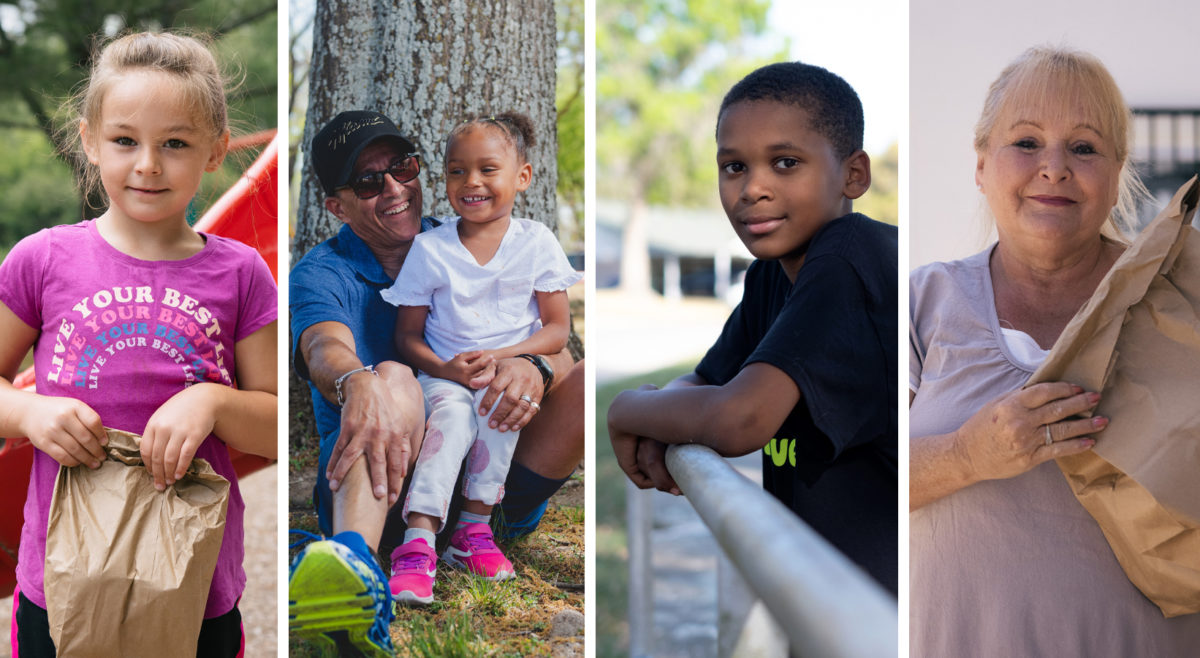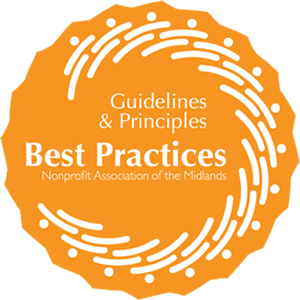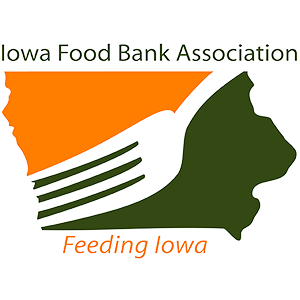On May 17, 2024, Brian Barks, President and CEO of Food Bank for the Heartland, and Michaella Kumke, President and CEO of Food Bank of Lincoln developed a joint op-ed showcasing the latest hunger statistics in the Heartland, and the affect it’s having on families and individuals. Read the op-ed in its entirety below.
On May 15, Feeding America released its annual Map the Meal Gap report, which offers a comprehensive view of food insecurity rates across the country. The 2024 study shows that hunger rates have increased across the nation. And here in the Heartland, we are not immune. All counties in Nebraska saw significant increases in food insecurity rates, compared to last year’s report. Nearly 268,000 Nebraskans are now faced with not knowing how they’ll afford their next meal. This is an unacceptable, grim statistic that underscores the need to address a crisis affecting every community in our region.
For those on the front lines of the fight against hunger, the latest numbers are not surprising. Pantries are seeing new visitors and longer lines, eclipsing what we experienced at the height of the pandemic. And with many of the same pressures affecting Heartland neighbors also impacting food banks and their partners, the gap between the rising need and the resources needed to address it continues to widen.
Prolonged inflation, with higher costs for everyday essentials like food, childcare, medicine, and utilities, has made it increasingly difficult for families to thrive. What would have been a difficult situation a year ago, may now seem impossible, particularly for our neighbors who were impacted by the recent devastating storms.
In Nebraska, food insecurity rates increased by 36 percent. That means that 1 in 7 people is facing hunger, compared to 1 in 10 from last year’s report. The food insecurity rate among children jumped by a staggering 60 percent, meaning that 1 in 5 Nebraska children is now facing hunger.
For thousands of our neighbors, hope can become increasingly difficult to find. But amid these sharp increases, there are some signs of relief, and several ways to help.
Locally, food banks and other hunger-relief organizations remain committed to connecting individuals and families with food, by partnering and innovating to do more with less. You can make an immediate impact through donations of treasure, time, and talent.
At the state level, the Summer EBT Program in Nebraska will help provide children with more consistent access to nutritious food during the summer months. Additional advocacy is needed to ensure our representatives understand the scope of the hunger crisis, and how government policies and programs play a vital role in addressing the need.
At the federal level, food security advocates are facing an uphill battle to ensure the next Farm Bill includes strong support for programs like SNAP (Supplemental Nutrition Assistance Program) and TEFAP (The Emergency Food Assistance Program). For every meal provided through Feeding America and its partner food banks, SNAP can provide nine, making it one of the most effective and efficient tools in our fight against hunger. Your voice in support of these programs and their inclusion in the Farm Bill is critical.
No one should experience hunger, and the latest numbers from Feeding America represent a heartbreaking reality that exists in every community across the Heartland. But collectively, we can ensure that a child in Kearney has a nutritious lunch on a summer day, that a family in Council Bluffs can enjoy a healthy supper together, and that a mother in Chadron can sleep soundly knowing that she and her children are fed. And then we’ll do it all again tomorrow. Thank you for joining us on this important journey to create a healthier Heartland together—one donation, one volunteer shift, and one conversation at a time.






